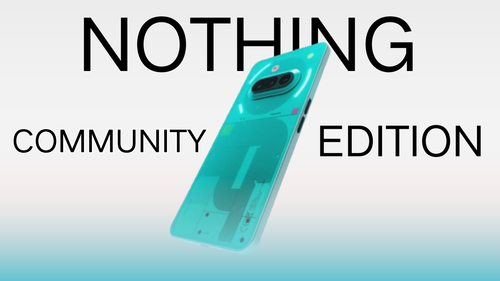Ad

World's First Helmet That Writes Your Thoughts
Follow Us:
2,938 views
The GrapheneX-UTS Human-centric Artificial Intelligence Centre at the University of Technology Sydney has created a portable gadget that can convert silent thoughts into letters, a world first. This technique is promising for those who have difficulty communicating due to diseases or accidents, and it may also enable seamless communication between humans and computers.
Participants in one research read texts while wearing a hat with an EEG to record brain activity. The instrument sent random messages, which were subsequently converted into legible text using EEG data. The results were adjusted using the DeWave clever artificial intelligence model for an unique mind-reading experience.
An AI system that can comprehend and capture mental ideas and convert them into textual replies was demonstrated in a video posted by a university. As proven in a real-time display of a participant's thoughts, the device can collect and understand thoughts, offering a look into the possible uses of mind-reading technology.
The innovative discovery that transforms raw EEG signals into language was emphasized by CT Lin, Director of the GrapheneX-UTS HAI Centre. The work employs discrete encoding approaches in the brain-to-text translation process, presenting a novel way to neural decoding. The integration with massive language models offers up new avenues in neuroscience and artificial intelligence, bridging the gap between brain activity and language translation.
The study by Yiqun Duan showed a 40% success rate in translating brain activity into understandable language, despite some challenges. The model excelled in matching verbs, but nouns showed a tendency towards synonymous pairs. Despite these challenges, the model produced meaningful results by aligning keywords and forming similar sentence structures. This suggests a promising stride in decoding and translating brain activity into language.
The study utilized EEG data recorded using a cap, which introduced noise, but obtained higher EEG translation performance. This non-invasive technology provides a feasible and successful alternative to surgical treatments for converting brain activity into text.
For paralyzed patients, scientists have come up with a non-invasive, affordable, and readily transportable brain- computer interface( BCI) implant. Neuralink, a brain- chip company, has gotten authorization for its first mortal study, in which the implant will be surgically implanted in a brain area that controls movement. The primary ideal is for individuals to be suitable to operate a computer cursor or keyboard with their minds.
Elon Musk's vision for Neuralink includes quick surgical insertions of its chip devices to treat problems such as obesity, autism, depression, and schizophrenia, presenting it as a flexible platform for neurological and mental health disorders.
Latest News





Reviews & Guides
View All

Nothing Phone 3a Community Edition First Impressions: A Fresh Take on Budget Smartphones

Realme P4x 5G Review: Budget-Friendly Beast with Epic Battery Life

Sony BRAVIA 7 Mini LED K-65XR70 vs. Haier Mini LED H65M95EUX

Samsung QN90F (65QN90FAU) Review: The King of Bright-Room Viewing

Why doesn’t Apple reveal the iPhone battery in advertisements?

Top 10 camera lenses you should Own in 2025

Donald Trump Watch Collection: Timeless Luxury on the Wrist

Best Smartphones Under 30,000 in 2025







